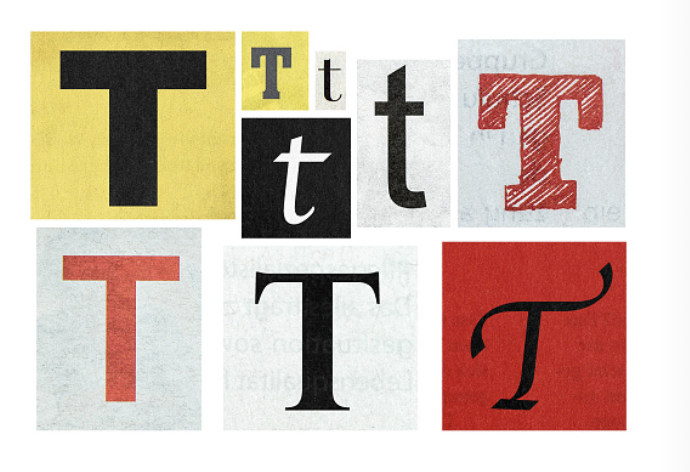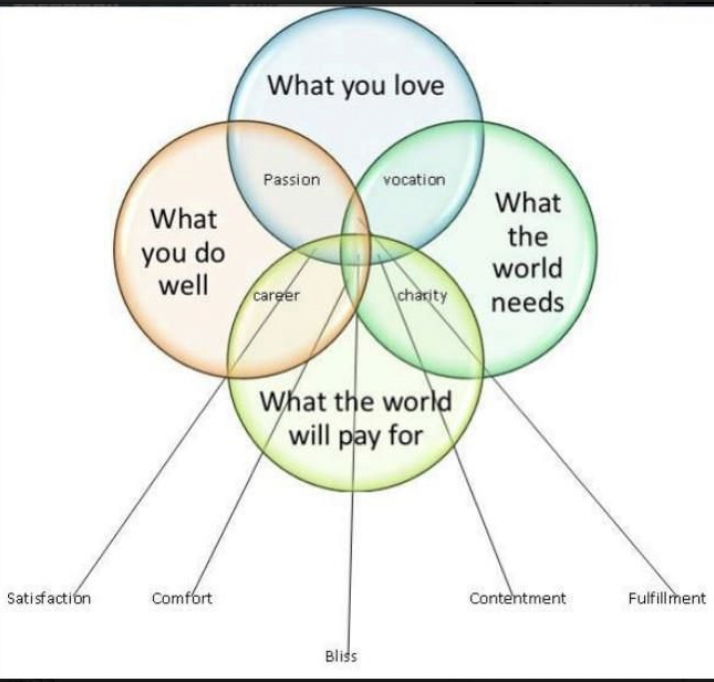
Do you know what your ideal T-shaped profile is?
“T-shaped skills” is an expression commonly used by recruiters to describe individuals who have extensive knowledge and expertise in specific areas related to their professional performance and success (represented by the vertical line of the t) combined with cross-discipline competencies and soft skills (represented by the horizontal line).
In other words:
- The — shape represents your shallow, wide, general competencies.
- The | shape reflects your narrow, deep, specific competencies.
To become a sought-after “T-shaped professional”, a key step is to understand the art of subtraction.
We humans have a bias toward addition. For example, it’s easy to get addicted to collecting more and more certifications, or to reading every single new article and book related to our role. The risk is to stay stuck in a loop where you’re only developing your “—” shape. No one has time to become an expert in everything that would be useful to know, so being selective about what you’re going to focus on is critical to creating a real “|” shape for your competencies.
For example, if you are a data analyst, attempting to gain deep knowledge in data visualization, business intelligence, and data science is unrealistic. Instead, you must decide which portions of relevant knowledge will be part of your vertical line, requiring significantly effort to grow. Everything else should go toward your horizontal line, which may demand, at times, an attitude of “benevolent neglect.”
To illustrate how it works in practice, I’m going to use my own career.
When I became a data scientist, I decided that I was going to be an expert in predictive models with tabular data (e.g., using weather data to predict crop yield, customer behavior to predict customer churn, etc.). For that to become my “|” shape, I knew I’d have to dedicate a lot of time studying statistics for data science, feature engineering, model development and optimization, etc. To stay focused, I dramatically limited how much time I spent reading articles on non-core related areas, such as computer vision, time series analysis, data visualization, A/B test implementation, etc.
It’s unrealistic to believe that you’re going to find time to become an expert in all aspects that would benefit your career. Once in a while I wish I could design creative data visualizations to go with my presentations. In such cases, I either find an expert in data viz to help me with my project, or get inspiration in the work of others and do the best I can with the knowledge I have.
When time permits, I’ll skim through an article in one of my non-core topics, as not only I enjoy them, but many are still part of my “—” shape. But I’ll say no to going to conferences or spending too much time reading academic papers on those subjects. A better use of my time is to keep abreast of new developments in my chosen area of expertise while expanding my horizontal like with a focus on critical skills like effective leadership and communication.
Granted, it can sometimes be frustrating to say no to watching an exciting video about a new AI topic, or to working on a high-visibility project, when those activities don’t fit my T-shaped growth strategy. But I never regretted sticking to my critical path in order to continue to gain expertise in my core competencies.
Each person is different, and no one will be able to tell you what combination of narrow and deep vs. shallow and wide skills will work best for your circumstances. Having said that, it pays off to be strategic about what goes into each line of your T-shaped profile.
To get there, I recommend starting from the diagram below as a reference to create your own custom “T-shaped goal” and avoid the “career confusion” that afflicts so many today:

A well-designed T-shape set of competencies can make a huge difference in your working life, from helping you develop rare and valuable skills that increase your control over your professional journey to enabling you to work in the intersection of what you do well, what you love to do, what the world needs, and what the world will pay for.
If the T-shaped model isn’t yet part of your repertoire of techniques to grow your career, consider starting now. I bet you’ll see a difference in the speed in which you build skills that matter for a remarkable career.
